A defensive revolver needs the right defensive ammunition, here’s a rundown on choosing the right load.
Years of shooting data have shown that the best defensive ammunition uses a hollow point bullet that expands reliably in the target and penetrates sufficiently to reach vital organs. There may be instances where that choice isn’t possible, but under most circumstances, the modern hollow point is what’s needed.
Since most defensive revolvers are chambered in .38 Special or .357 Magnum, it shouldn’t be surprising that the majority of ammo suitable for self-defense is in these two cartridges.
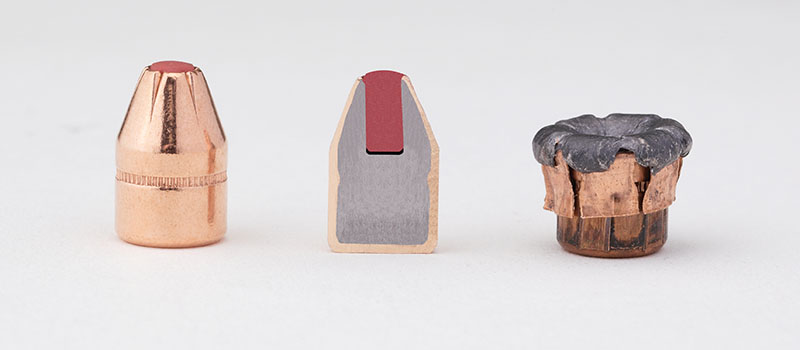
.38 Special:
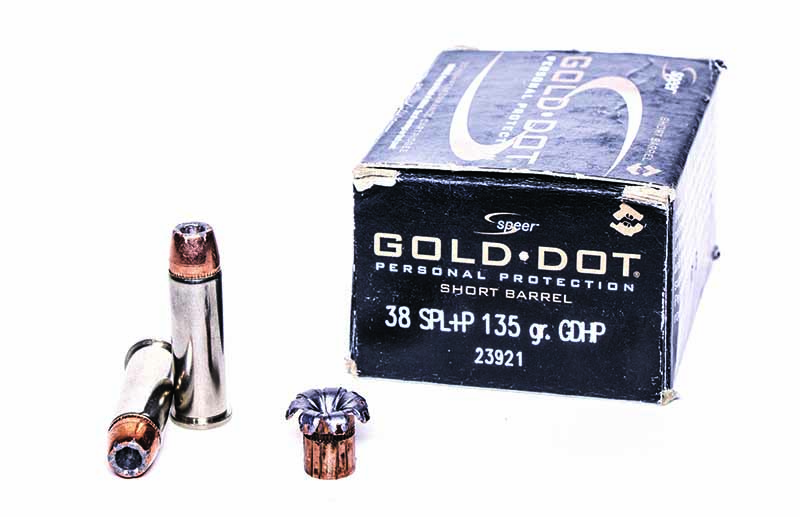
In .38 Special, the best results seem to come from the mid- to heavy-weight bullets (135 to 158 grains) in +P loadings. When I wrote the first edition, the Speer Gold Dot Hollow Point (GDHP) +P 135 grain stood out. A decade later, renamed “Gold Dot Short Barrel Personal Protection .38 Special +P,” it’s still the dominant bullet in the category. Developed initially for the NYPD for backup and off-duty guns, it’s racked up many shootings and has performed exceptionally well. Most modern lightweight revolvers shoot this load to the point of aim.
Also, in that first edition, Winchester had a new load called the PDX1 Defender, which was promising. Today, renamed “Defender,” it uses the same 130-grain jacketed hollowpoint bullet in a +P load and has developed a good track record in police backup guns around the country. The bullet is intelligently engineered and has been turning in good performances. I wouldn’t hesitate to use it in my own guns.
Today, the new load is Federal’s HST 130-grain +P, which is developing a good reputation. It’s especially suitable for the new generation of short-barrel, lightweight revolvers.
An older load that has a very long track record of decent (though not outstanding) performance is the 158-grain +P lead semi-wadcutter hollowpoint (LSWCHP). This load has been offered by Winchester, Remington and Federal at various times and has the virtue of being relatively inexpensive and packaged in 50-round boxes. Based on diameter expansion in my testing, I prefer Remington, Federal and Winchester — in that order. The load generally shoots to point-of-aim in older revolvers. It wouldn’t be my first choice, but it’s still usable. Be aware that some people find the recoil of the heavy bullet to be painful.
.357 Magnum:
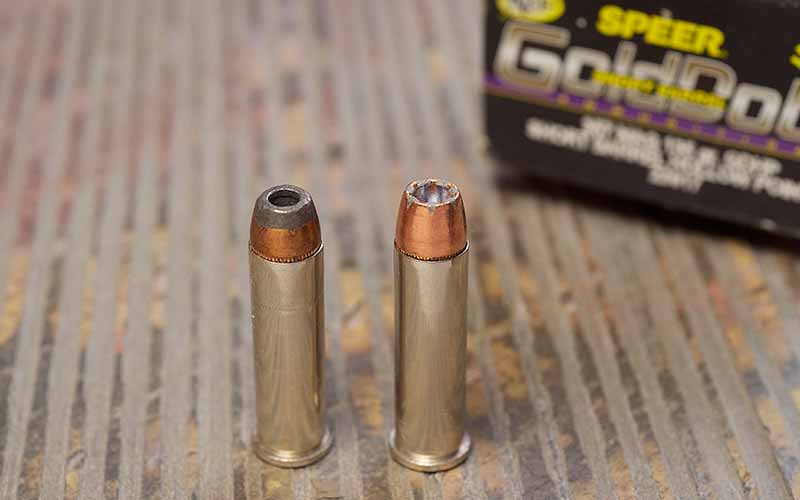
The .357 Magnum has long been ruled by the 125-grain semi-jacketed hollow point (SJHP) loads from the major ammunition makers. It’s the load that defined the .357 as a “manstopper” back in the 1970s and ’80s (though recent analysis of shooting data by experts such as Greg Ellifritz casts doubt on that reputation). The 125-grain load has a mixed record; when it worked, it worked very well, but it sometimes expanded far too quickly, leading to shallow and ineffective wounds.
While I don’t recommend that most people carry a magnum of any type these days, primarily because of the much greater difficulty in controlling the gun in strings of fire, for those who insist, I suggest a more modern and slightly heavier bullet. Speer makes its excellent 135-grain Gold Dot GDHP in .357, and that would be my pick for its ability to maintain structural integrity in the target. Hornady also loads a 135-grain “Flexlock” bullet in its Critical Duty line, which should also perform well.
Once you move away from those calibers, the pickings get very slim.
.327 Magnum:
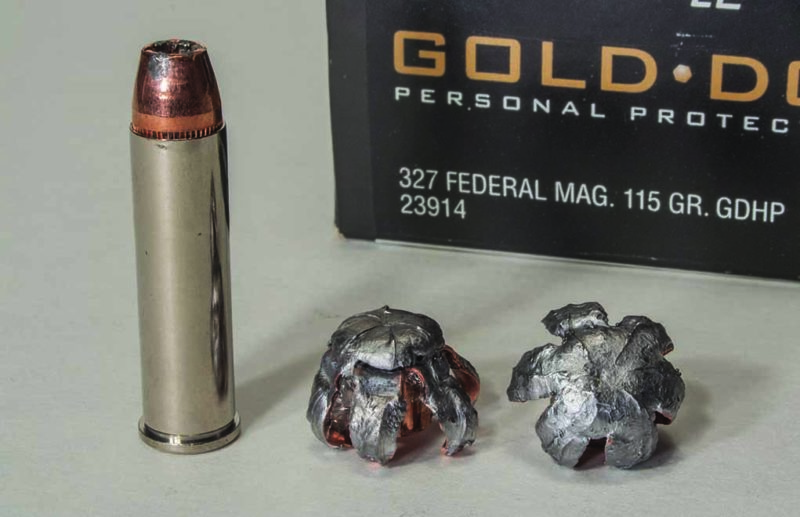
The “Baby Magnum” has issues with getting a bullet of sufficient mass to penetrate deeply enough. What’s more, the caliber has fallen out of favor since I wrote the first edition, and the only defensive load on the market that I trust is the Speer Gold Dot 100-grain GDHP. To the best of my knowledge, there are still no actual defensive shootings using this load and caliber sufficiently analyzed for us to derive any solid conclusions. The recommendation is still based on seeing the results of gelatin testing.
.44 Special:
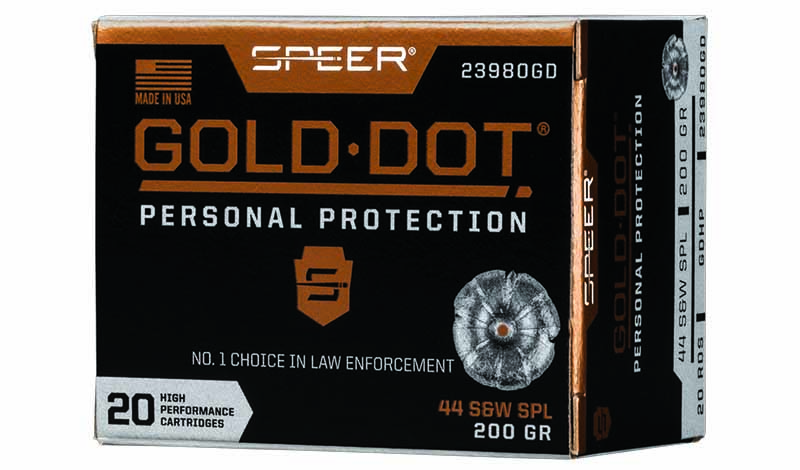
This cartridge is the very picture of an on-again, off-again round. There are times when everyone seems to rediscover this old cartridge, and ammunition suddenly becomes widely available, only to disappear as people move on to something else. I’ve watched this same sequence replay itself several times over the years.
The technical problem with this load is the same as faced by the .38 Special: lack of bullets that expand reliably and penetrate sufficiently. In addition, there are very few defensive shootings on record with this caliber, which further complicates matters.
Today, the .44 Special seems to be “on again,” and there are several loads worth considering. My original recommendation, based on talking with people who use the .44 Special for hunting, is still available: the 200-grain Winchester Silvertip. This round is still the top pick in a relatively narrow field, followed by the 200-grain Speer Gold Dot and the newer Hornady 165-grain Critical Defense (which is very promising, but reliable information on its performance is hard to come by).
.44 Magnum:
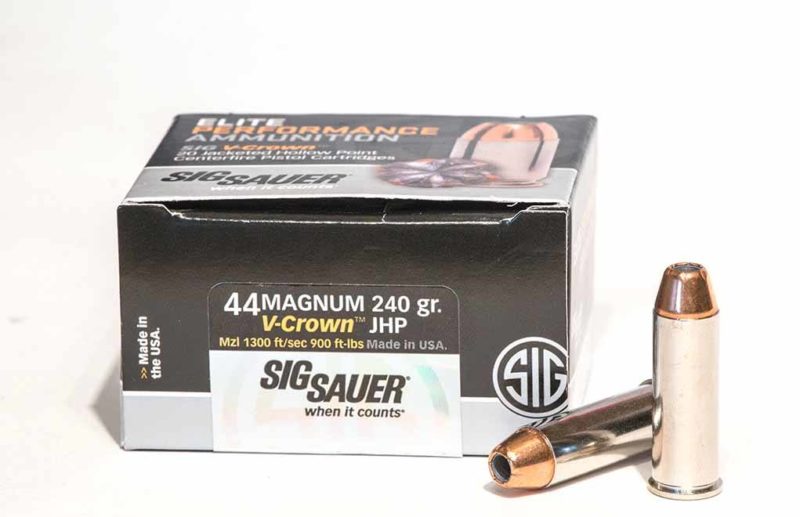
“Dirty Harry” notwithstanding, the .44 Magnum is a poor round for self-defense, being overly penetrative and challenging to control for all but the most experienced of handgunners. However, there may be circumstances where you need a revolver that can do double duty for hunting and self-defense against criminal attacks in the field and might be pressed into protective service.
The first preference would be to use one of the .44 Special rounds listed above in such cases. If those aren’t available, it’s preferable to pick a relatively lightweight (no more than 200 grains) hollow point to limit the round’s penetration. My recommendation (and the only one that fits the criteria) is still the Hornady Custom 180-grain XTP load.
The preceding is not intended to endorse anything other than the .38 caliber revolver for self-defense. I’m of the considered opinion that when recoil and terminal effects are considered together, it is still the optimum choice for defensive shooting.
Editor’s Note: This article is an excerpt of Defensive Revolver Fundamentals, 2nd Edition.
More Defensive Revolver Info:
 NEXT STEP: Download Your Free Storm Tactical Printable Target Pack
NEXT STEP: Download Your Free Storm Tactical Printable Target Pack
62 Printable MOA Targets with DOT Drills – Rifle Range in YARDS This impressive target pack from our friends at Storm Tactical contains 62 printable targets for rifle and handgun range use. Target grids and bullseye sizes are in MOA. Ideal for long-range shooting! Get Free Targets

